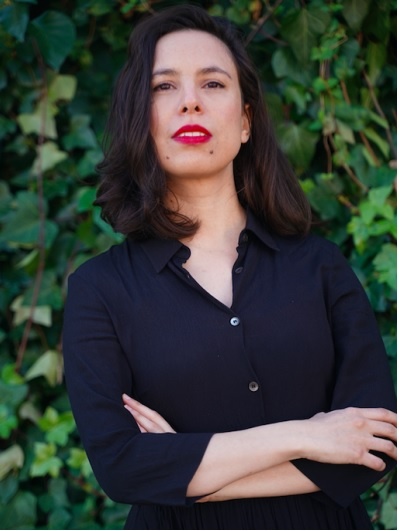“Can art change the personal relationships and lifestyles of those who practice it, beyond constituting an occupation? Is that the meaning of artist collectives? What role do they have in what we can begin to consider the history of a long counterculture? These are some of the questions raised by the historian and teacher Julia Ramírez-Blanco and that have been the germ of Friends, costumes and communes (Cátedra, 2022), her new book, which has been published on September 22.
The author began writing the book in an old monastery that today occupies the Academy of Spain in Rome. As she lived with other artists and researchers, she began to question the historical origins of this desire to live and create in a communal context.
Friends, costumes and communes is a necessary essay to understand the birth of the first artistic groups that emerged under the protection of a Europe that was experiencing an unprecedented revolution at all levels. The book covers a nineteenth century that saw the birth of communism, anarchism and different experiments in communal life, which also go through the collective practice of these artistic brotherhoods.
The book deals with a subject for which there is no specialized bibliography, as the author indicates in her introduction, since nineteenth-century artistic brotherhoods have not been addressed as a specific phenomenon, with the exception of some exceptions whose approach to the subject is too general.
In her journey through these manifestations of artistic collectivism, Julia analyzes phenomena such as that of the “Méditateurs”, a group of students linked to the famous painter Jacques-Louis David who, in the purest sect style, let their hair grow, become vegetarians and they retire to live in an abandoned monastery wearing turbans, smoking a pipe and practicing a mysterious spirituality (are they hippies in 1800?). Shortly after, in Vienna, a group of friends is also formed who are nicknamed “Nazarenes”: headed by the painters Friedrich Overbeck and Franz Pforr, they also choose a monastery as their center of operations and dress in a different outfit, which in this case they are medieval tunics. The Pre-Raphaelites, perhaps one of the best-known groups, also have their own chapter, also adding a revision in feminine through painters who formed their own brotherhood, establishing a link between art and the feminist struggle.
Groups that feed off each other and that are a source of inspiration for those who collect their witness, coinciding in many of their characteristics. Based on them, the author has created a “decalogue of artistic brotherhood” that defines the prototype of artistic collectivism and that undoubtedly has common features, as Julia Ramírez comments: “Ever since their inception, these artistic groups topics such as the relationship between art and politics, links with the market, gender conflicts, attitude towards the environment, the spirituality of group union, the performativity of groups, alternative ways of life or the union between art and life. It is for this reason that the study of her can shed new light on the history and art history of the 20th and 21st centuries”.
A book, therefore, essential to understand modern artistic collectivism and its evolution to the present day
Julia Ramirez-Blanco
 Julia Ramírez-Blanco is a Ramón y Cajal researcher at the Complutense University of Madrid. Her work revolves around the intersections between art, utopia and activism. She is the author of the books Artistic Utopias of Revolt (Palgrave; published in Spanish by Cátedra) and 15M. El Tiempo de las Plazas (Editorial Alliance, 2021) and editor of Little Bestiary of Political Monsters (Cendeac). Her articles have appeared in media such as Third Text or The Nation. Since 2018 she belongs to the Committee of the Society for Utopian Studies, an international network dedicated to utopian studies. Likewise, she has carried out research stays at Princeton University and New York University, among others. She has been a fellow of the Royal Academy of Spain in Rome. She regularly collaborates with the Barcelona Museum of Contemporary Art (MACBA) and has given lectures at Columbia University, the Reina Sofía National Art Museum, the Prado Museum, the Warburg-Haus, or the Württembergischen Kuntsverein in Stuttgart.
Julia Ramírez-Blanco is a Ramón y Cajal researcher at the Complutense University of Madrid. Her work revolves around the intersections between art, utopia and activism. She is the author of the books Artistic Utopias of Revolt (Palgrave; published in Spanish by Cátedra) and 15M. El Tiempo de las Plazas (Editorial Alliance, 2021) and editor of Little Bestiary of Political Monsters (Cendeac). Her articles have appeared in media such as Third Text or The Nation. Since 2018 she belongs to the Committee of the Society for Utopian Studies, an international network dedicated to utopian studies. Likewise, she has carried out research stays at Princeton University and New York University, among others. She has been a fellow of the Royal Academy of Spain in Rome. She regularly collaborates with the Barcelona Museum of Contemporary Art (MACBA) and has given lectures at Columbia University, the Reina Sofía National Art Museum, the Prado Museum, the Warburg-Haus, or the Württembergischen Kuntsverein in Stuttgart.

